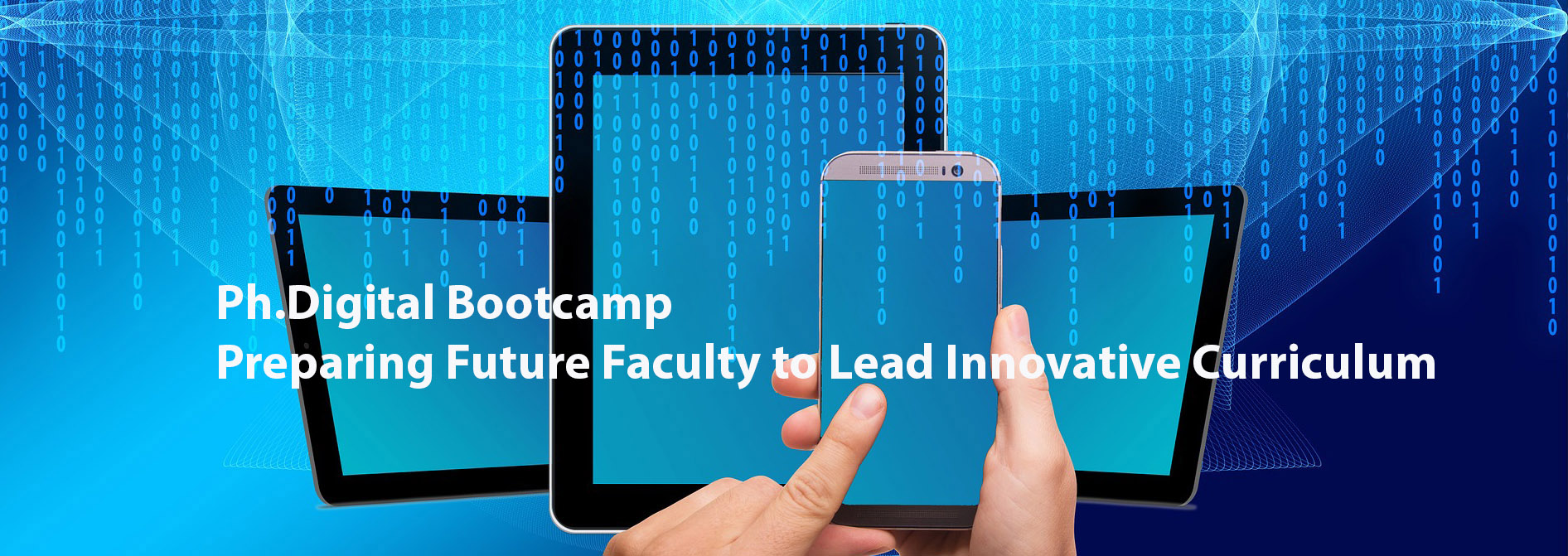Instructor: Dale Blasingame

Week of March 23
Description
This week, we’ll talk about the top social media platforms and how to use them in the classroom. In addition, we’ll cover the relationship between social media analytics and strategy – and how to convey that lesson to students.
Objectives
- Understand the differences between Facebook, Twitter, Instagram, Snapchat, TikTok and the various social platforms
- Describe content strategies on social media platforms
- Get an introduction to social media analytics
- Break down the terminology and options available to teach analytics and build reports
Read and Watch
The State of Digital Marketing in Academia: An Examination of Marketing Curriculum’s Response to Digital Disruption, Journal of Marketing Education
How to Create a Social Media and Analytics Class, MediaShift
Jab, Jab, Jab, Right Hook, Gary Vaynerchuk
Social Media Writing Guide, Dale Blasingame
Check Slack for Engagement Textbook Chapter
From Instagram to TikTok: How Social Media Evolved This Decade, CNN
Social Media Trends 2020, Hootsuite
The 7 Undeniable Benefits of Social Media Monitoring for Brands, Sprout Social
Your Guide to Digital and Social Certifications, MediaShift – links to new social training and certifications also found on Resources page
The Era of Anti-Social Social Media, Harvard Business Review
Facebook’s Misinformation Problem Runs Goes Deeper Than You Think, The Verge
Few Americans Are Confident in Tech Companies to Prevent Misuse of Their Platforms in the 2020 Election, Pew Research Center
Discussion
Hopefully these videos and articles have you thinking about the relationship between social media content, engagement, data and strategy. So let’s first take a look at your personal social media habits in the #socialmedia Slack channel.
- What is your favorite social network and which social network should you spend more time on? Why?
- Provide a link to one or more social media research project(s) (either one of your own or someone else’s) and give a brief summary of the method and results (granted these links may be behind subscription walls). We’ll discuss digital research in more detail in a later module.
- How does the engagement potential of social media affect its professional usage and strategy development. How does it make studying social media different than traditional media research?
